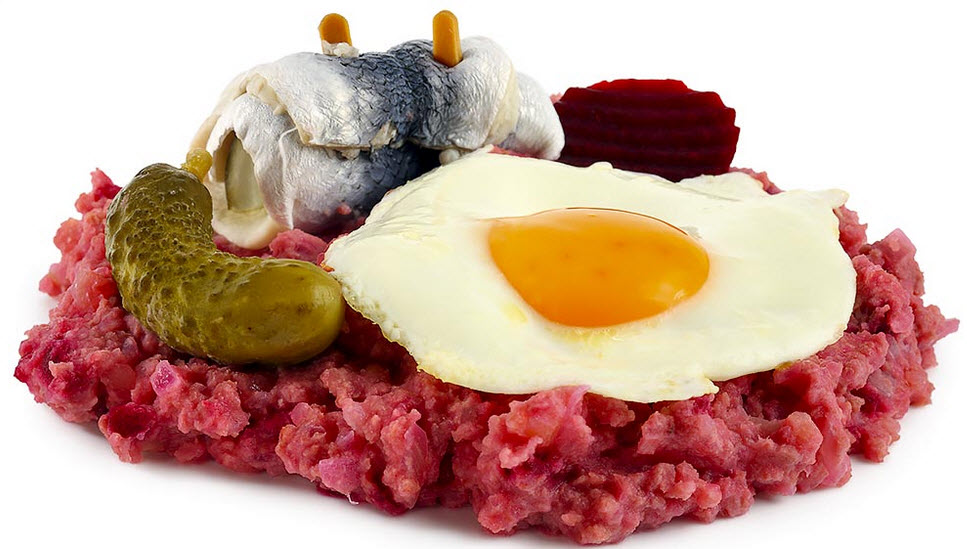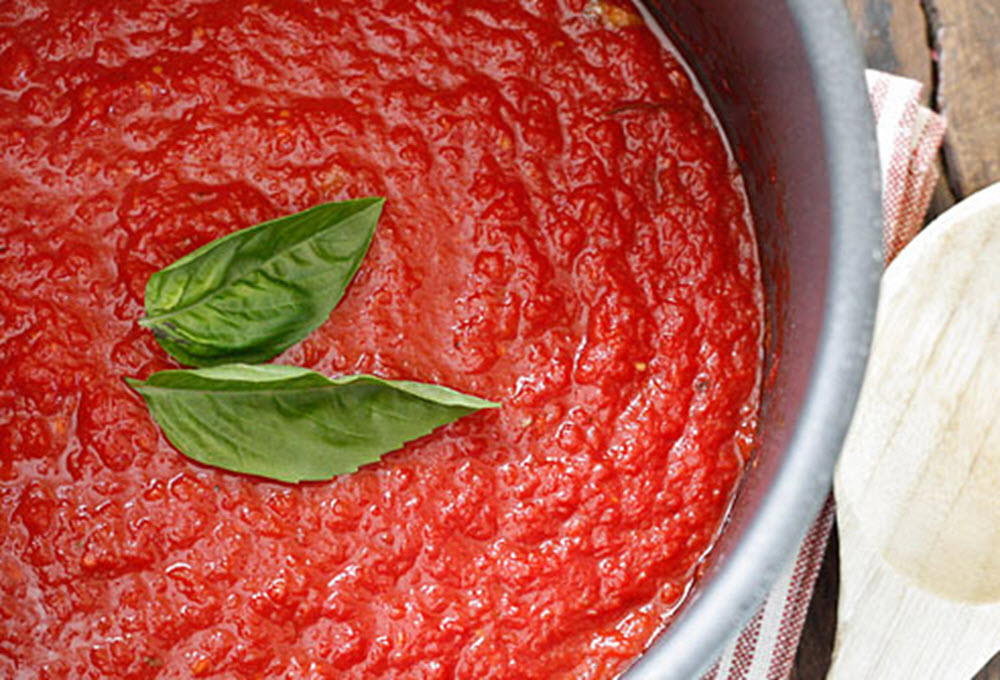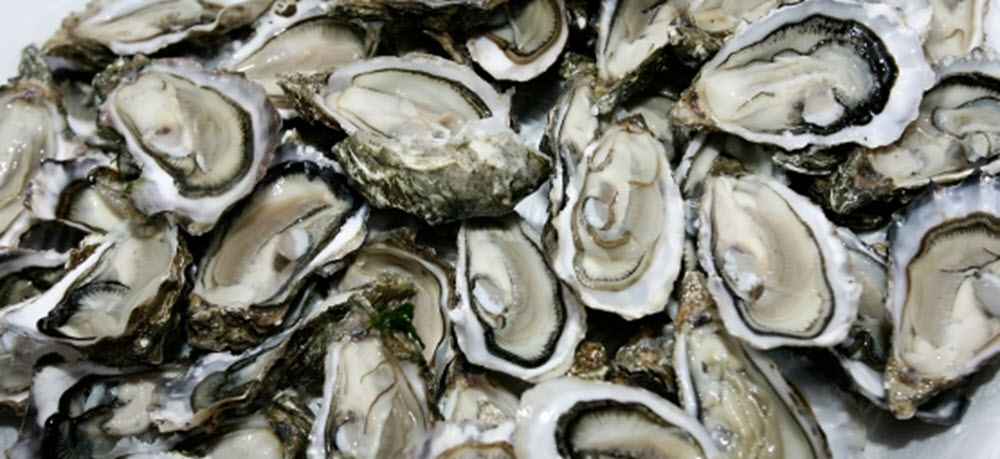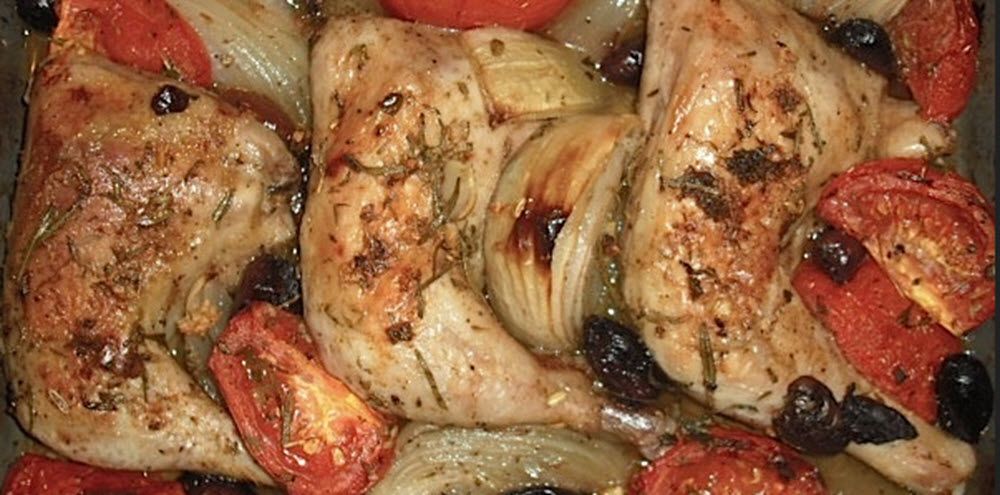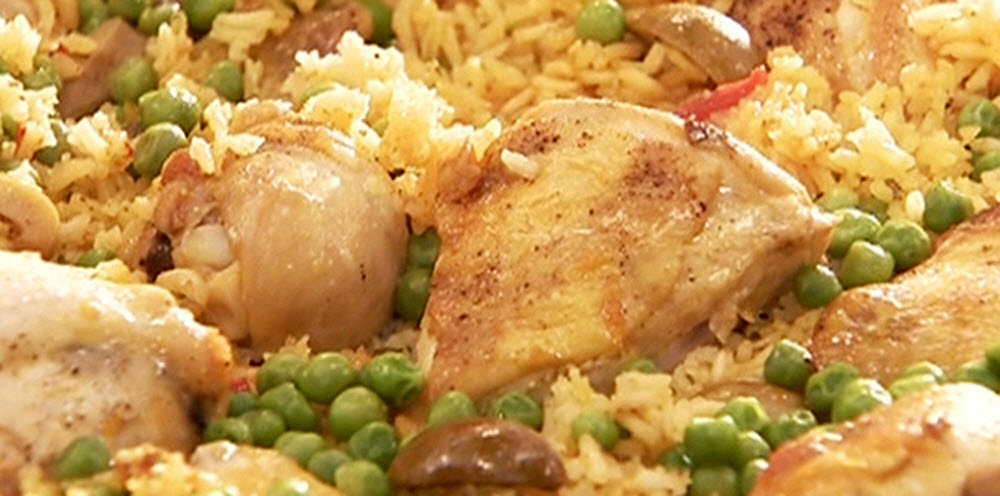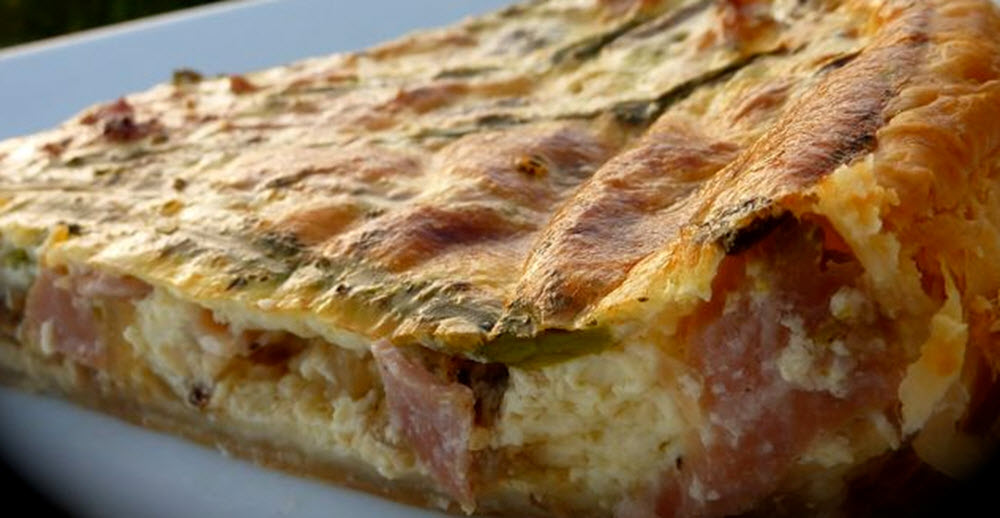Labskaus is a dish associated with Northern Germany, especially Hamburg, Bremen and Lübeck, from whence it spread with sailors to other ports in Northern Europe, especially around the Baltic Sea.
It is a hearty dish based on salted meat or corned beef + root vegetables, onions and pickled gherkin. Nowadays, it is usually prepared using potatoes. Some recipes include herring, either mixed into the Labskaus or as a side order.
Each year, there is a big labskaus festival in the German port town of Wilhelmshaven. For the festival, the town produces more than three tonnes of labskaus. The labskaus is eaten accompanied by sea shanties played by bands and sung by choirs.
Labskaus recipe
Ingredients (for 2 servings)
- 350 grams of potatoes
- 1 small yellow onion
- Butter for frying
- 150 grams of corned beef
- 2 pickles
- Some pickle liquid
- Salt & pepper to taste
- 1 small dash of ground all spice
- Pickled red beets
- 2 eggs
- 2 Matjesfilets, Bismarckheringe, Rollmöpse or similar fish
Instructions
- Peel the potatoes and boil them in salted water until soft enough to mash. Set aside. You can prepare several other parts of the dish while the potatoes are boiling.
- Chop the onions fine, and fry in butter in a large frying pan until transparent.
- Add the corned beef to the frying pan with the onions. Fry covered by a lid for 3 minutes.
- Cut the pickles in cubes and add to the frying pan. Pour in some pickle liquid.
- Add salt and pepper to taste, and then the ground all spice. Leave to simmer for roughly 10 minutes.
- While the pan is simmering, chop the pickled red beets and set aside.
- In a separate pan, fry the eggs.
- Quickly mash/squash the potatoes roughly; not fine like you would do for standard mashed potatoes.
- Combine the potatoes with the corned beef mix. If it becomes too firm, add more pickle liquid.
- Place the corned beef and potatoes on a plate. Garnish with red beets, fried eggs and fish. Serve immediately.
History & etymology
Onboard ships in Northern Europe, where root vegetables and salted meats were staples, the labskaus was an easy way of preparing dinner and making the ingredients more tasty. In many cases, all the ingredients would be prepared in the same pot – not separately as we have done in the recipe above. The meat would be boiled in broth and then minced in with beetroot, onion, boiled potatoes and herring. Finally, the base would be fried in lard.
Naturally, there are many different variations of labskaus, reflecting individual tastes and cheaply available ingredients that doesn’t perish quickly. The origin of the word labskaus (also spelled lapskaus) is unclear. In Latvian, Labs kauss means “good bowl”.
Regional varieties
English lobscouse
The English variety is known as lobscouse or just scouse. It might be the reason why Liverpool residents are known as scousers. (Liverpool is a port town.) In addition to beef, mutton is a very common source of protein in lobscouse, reflecting the traditional prevalence of sheep raising on the British Isles.
Norwegian lapskaus
Norwegian lapskaus differs from most other varieties by containing diced carrots, which makes the dish look more orangey-brown than the pink color provided by red beets. Gravy is popular. In some Norwegian recipes, turnips are included.
Danish skipperlabskovs
In Denmark, skipperlabskovs is sometimes served with gravy.
The Danish name for this dish puts an emphasis on its ties to seafaring (skipperlabskovs).
Swedish lapskojs
Swedish lapskojs is typically made using salted beef or pork. Some recipes contains boiled oxen meat and diced streaky bacon instead. Parsley is a popular garnish.
Finnish lapskoussi
In Finland, dried potato flakes are often used to prepare lapskoussi in situations where bringing whole potatoes would be too cumbersome.

